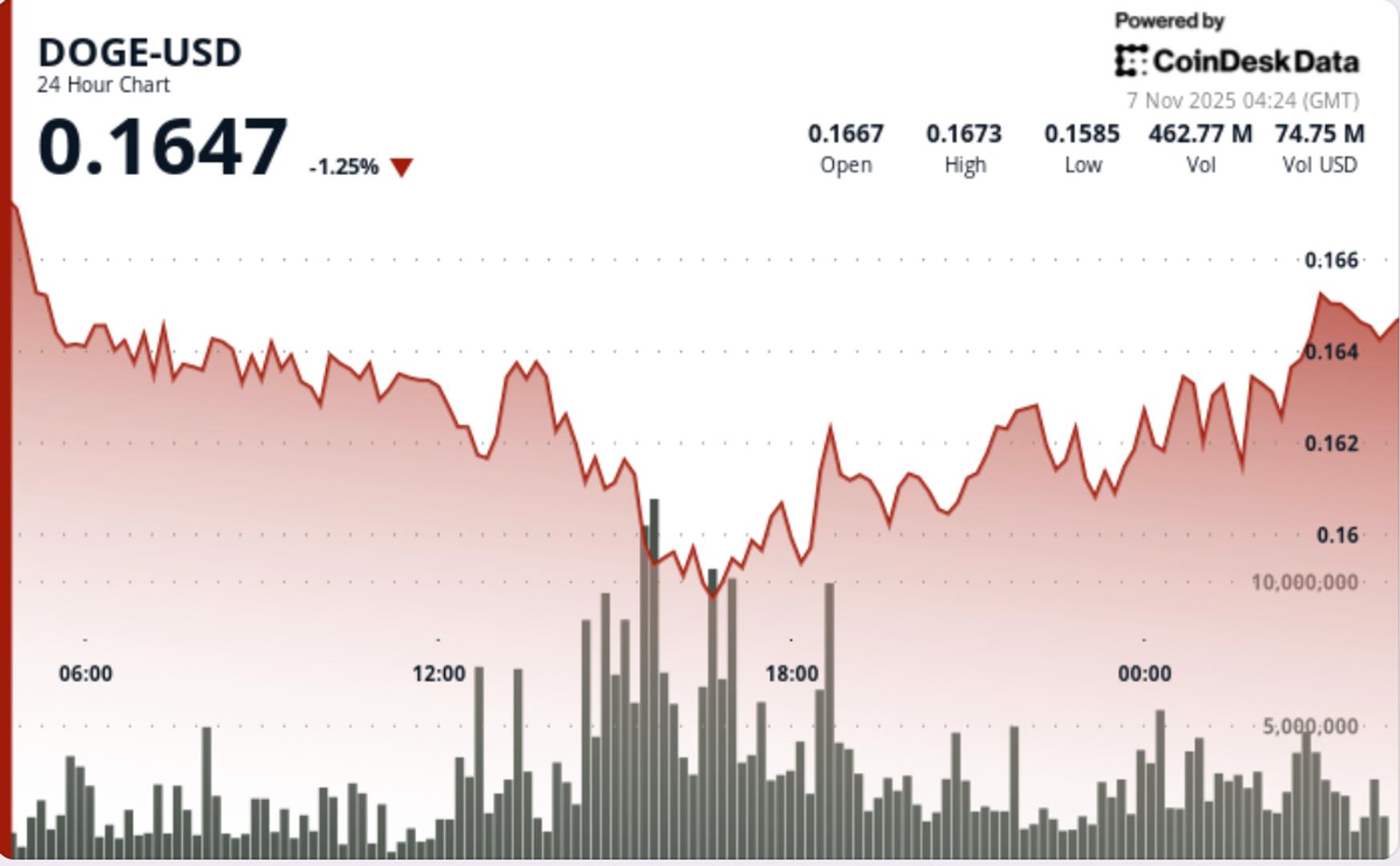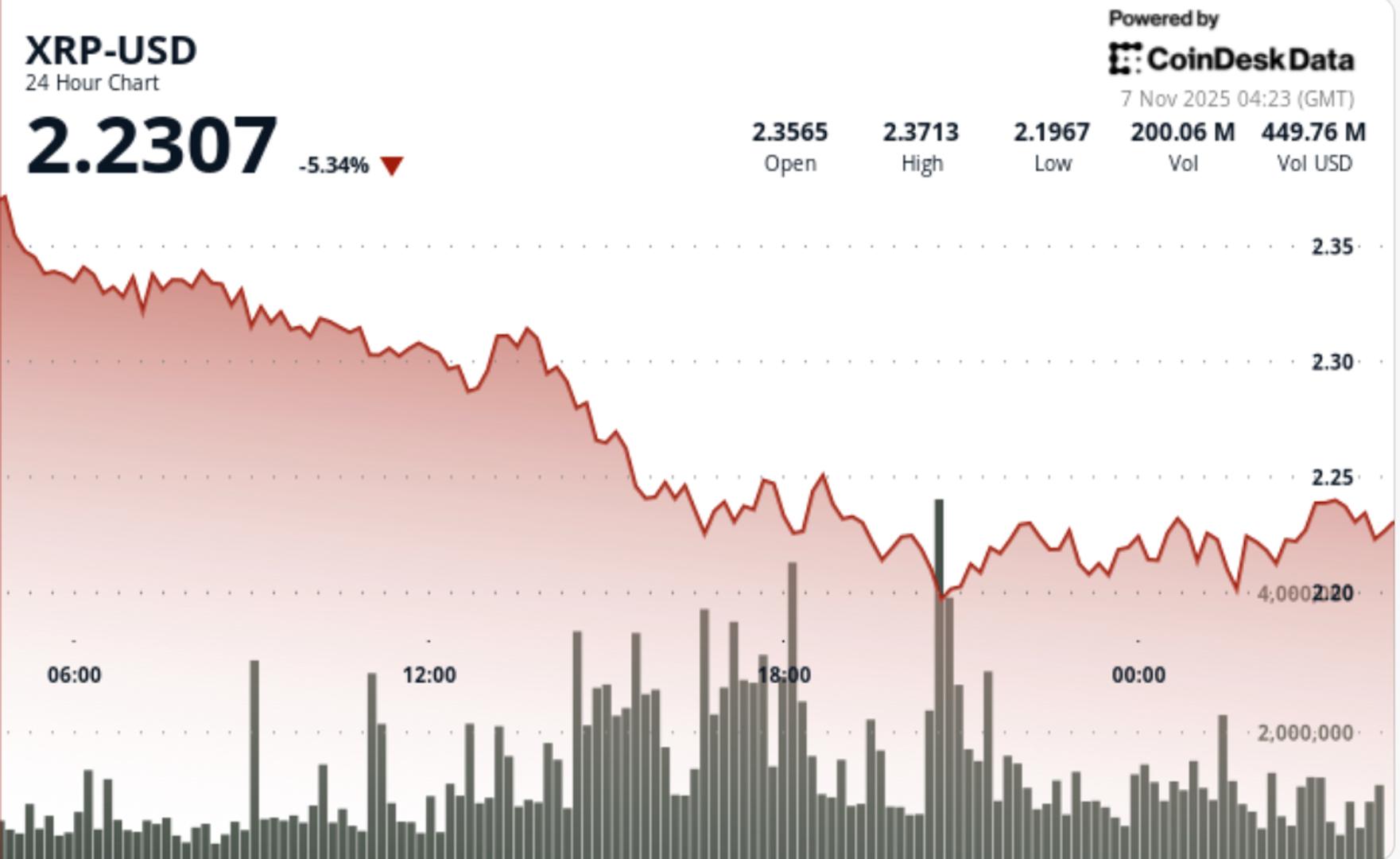Hedera HBAR Core Developer Pool Has Grown: What Does This Mean? AllinCrypto November 6, 2025
Data from Token Terminal shows that Hedera HBAR has quietly reached a milestone that signals both technical strength and long-term promises for DeFi growth.
The network now boasts the largest core developer pool among Layer 1 networks, reaching towards Ethereum. Such data represents the network’s growing ecosystem and readiness to power the next generation of institutional DeFi alongside other altcoin giants.
At the heart of any network’s DeFi success is its developer community and builders bringing value to users and the wider ecosystem. Having the largest core developer base means that Hedera’s underlying infrastructure is constantly being refined, optimized, and expanded.
Web3 Developers Strengthen the Hedera HBAR Ecosystem
Hedera’s core developer growth means the chain can evolve more quickly than competitors, especially in DeFi. Hedera’s developer depth is a key driver behind its consistent network performance and expanding ecosystem of projects across DeFi, tokenization, and enterprise solutions.

The Hashgraph consensus mechanism’s robustness allows it to attract developers seeking a reliable environment for real-world applications and dApp developments.
From decentralized exchanges like SaucerSwap to lending platforms and tokenized real estate, carbon credits, and more, developers are leveraging Hedera’s efficiency to build systems that can handle institutional-level demands when the time comes.
The scale of Hedera’s core development allows for robust support of Hedera Improvement Proposals (HIPs), the framework through which new features and standards are proposed and integrated.
DeFi and Institutional Adoption for Hedera
For DeFi, a large and active developer base is a sign of stability, usage, and opportunity for users to create tools. Liquidity protocols, stablecoin issuers, and decentralized exchanges can thrive on consistent users and reliable infrastructure.
Hedera’s developer community ensures that platforms can evolve rapidly while maintaining the performance that attracts enterprises looking to build on the network. As traditional finance moves toward tokenization on a large scale, Hedera’s strong ecosystem gives it a significant edge in capturing institutional partnerships.
With the launch of the Canary HBAR ETF (HBR), the fund can act as a slow-burn advertisement of the Hedera network and its capabilities.
As of November 5, the Canary HBAR ETF (HBR) holds over 380 million Hedera tokens worth around $66 million. As the ETF grows, more HBAR tokens are locked away by institutional investors, creating a loop of interest and stability for the HBAR token.

With Hedera Council members like IBM, Google, Dell, and Standard Bank, the network benefits from both deep technical expertise and real-world implementation pathways. Hashgraph’s HEAT initiative, led by Rob Allen, aims to bring Hedera Council members into the DeFi fold of HBAR, allowing them to pitch and create new use cases on the network.
The collaboration between open-source developers and enterprise engineers creates a feedback loop that strengthens Hedera’s credibility as a trusted public ledger.
Hedera’s position as the Layer 1 with one of the largest core developer pools outside of Ethereum also signals that the wider Web3 ecosystem is maturing rapidly and that regulatory alignments are important.
Innovation in DeFi and institutional readiness are able to coexist, something that many blockchain networks struggle to balance.
The post Hedera HBAR Core Developer Pool Has Grown: What Does This Mean? first appeared on AllinCrypto.







